View historical precious metals price charts »
View historical precious metals price charts »
- December 11, 2023 -
By Lisa Murray-Roselli
Silver is a good investment. The manner in which you choose to invest will depend upon your risk tolerance and the type of benefit you are looking to secure. Primary opportunities for investment include owning physical silver and investing in silver exchange-traded funds (ETFs). Each has its particular drawbacks and advantages.
The trade of silver goes back to ancient times; however, trading physical silver in the stock market began in 1933 and on the modern version of the Commodity Exchange (COMEX), in the 1970s. COMEX is the primary futures and options market for trading metals such as gold, silver, copper, and aluminum. Trading silver as an exchange-traded fund (ETF) began in the early 2000s. Currently, you can invest in silver in four basic ways: coins or bullion, ETFs, futures contracts, or silver mining equities. Here we focus on the first two.
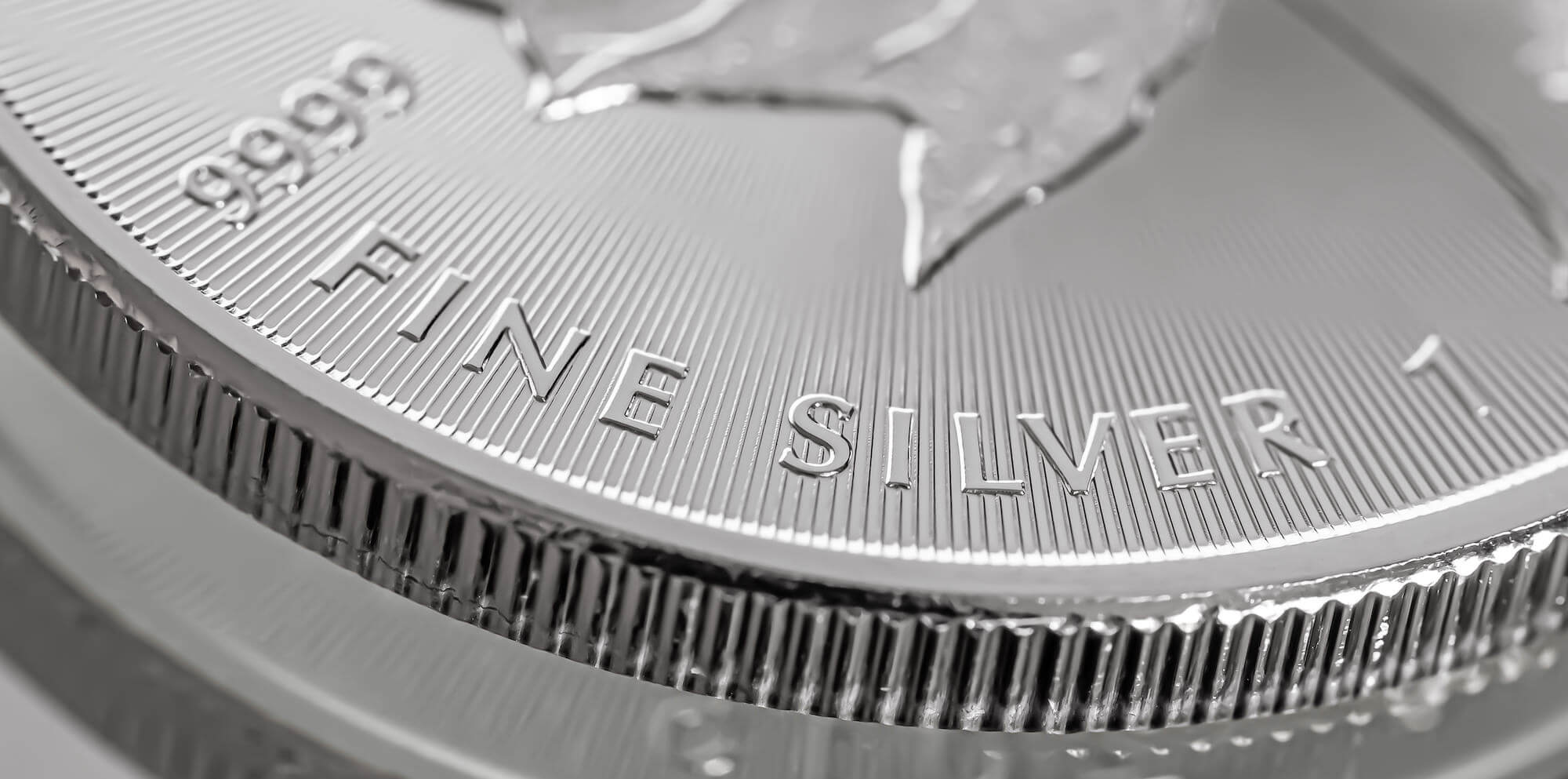
Physical silver can be purchased online or in-person through authorized dealerships. Some silver coins may hold value beyond their weight owing to denomination, year minted, or rarity. However, as an investment, it is better to rely on the value of the silver itself rather than the potential value of collectible coins.
The main disadvantage of owning physical silver is that you will be responsible for its storage and security, including purchasing a safe and maintaining the security of your home or wherever you choose to store the metal. Additional costs include the 4-6% premiums when the silver is first acquired. Some may argue that physical silver is not a liquid asset, but your ability to sell quickly depends on your proximity to a precious metals dealer, pawn shop, jeweler, or coin dealer. For many, access to these businesses is quite easy, and you could walk away with a check or cash on the spot. Paper silver, on the other hand, may take 24 hours to cash out.
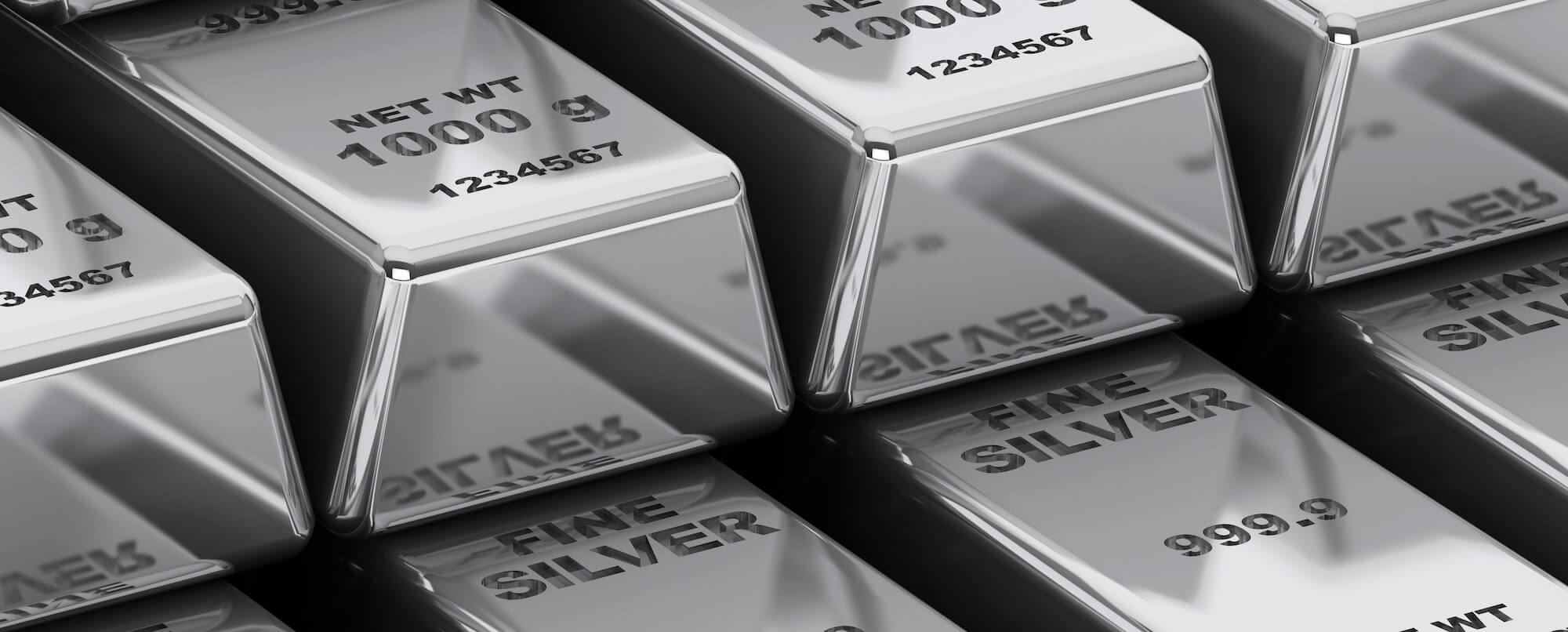
One of the primary advantages to owning physical silver is that it is a tangible investment—you never have to wonder about how much you really have or worry that it is being mismanaged. No internet connection is required or third party management. There is no risk that it has been oversold and it will hold its value in spite of global economic or political pressures on the market. Inflation diminishes the “real” value of fiat currencies over time. Silver is a physical asset that holds its value.
Silver ETF trade is in ownership of shares of the fund that holds the silver. Two of the largest ETFs are iShares Silver Trust (SLV) and Sprott Physical Trust Silver (PSLV). The difference between these two options lies primarily in their structure and who has custody of the physical silver.
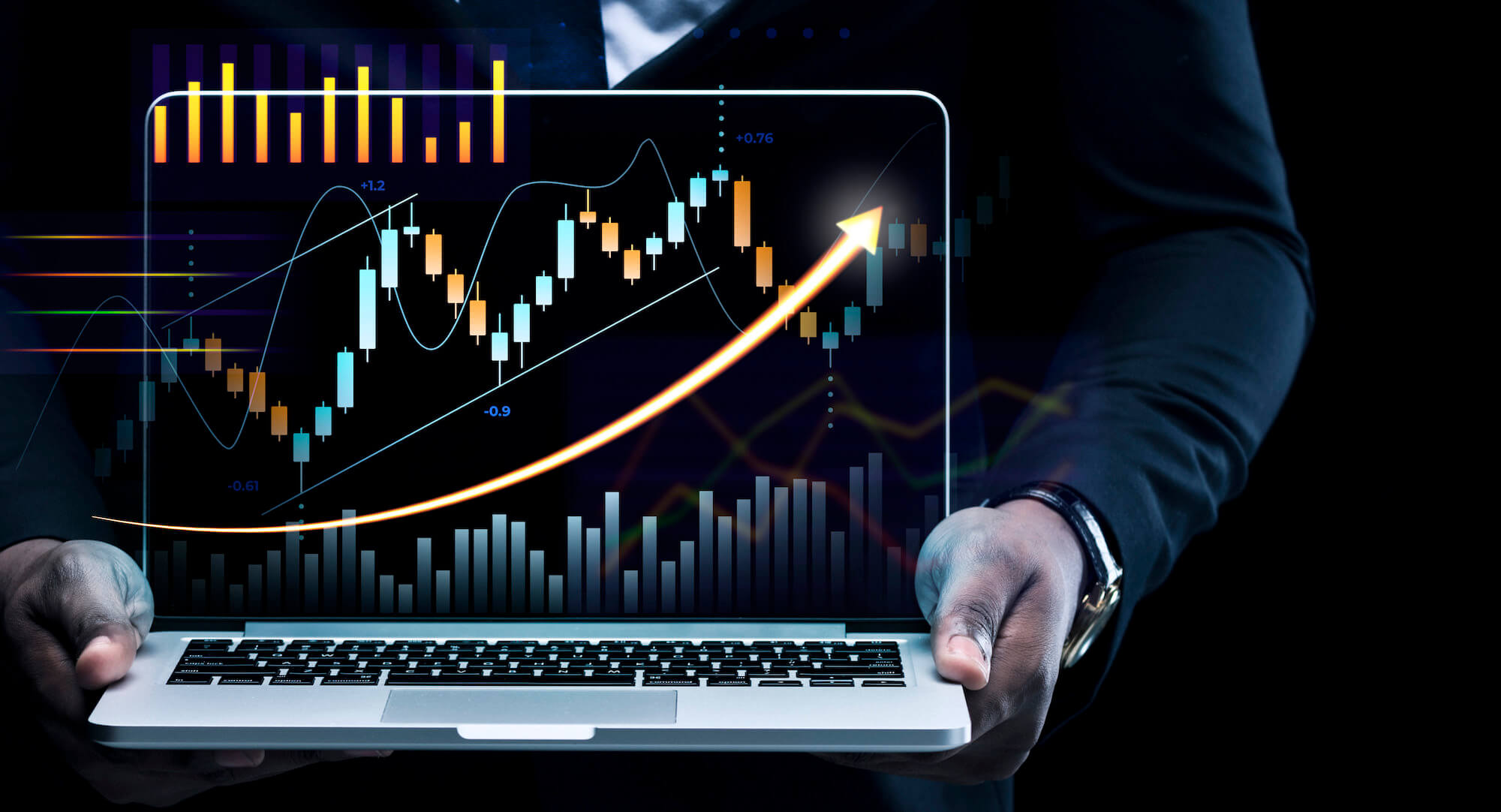 SLV, a passively managed fund that tracks the performance of silver bullion, is structured as an exchange-traded fund (ETF), while PSLV is a closed-end fund. SLV’s custodian, JPMorgan Chase Bank, holds its silver in London vaults and PSLV’s silver is housed in the Canadian Imperial Bank of Commerce (CIBC). SLV is considerably larger than PSLV with regard to assets under management (AUM) and trading volume, which usually results in higher liquidity for SLV, making it easier to buy or sell shares at a desired price. Although PSLV has historically underperformed when compared to SLV, some investors are willing to overlook its underperformance, lower liquidity, and higher fees because its custodian is a sovereign-backed entity and, therefore, a more trustworthy investment. On the other hand, investors looking for greater liquidity, lower fees, and better returns will prefer SLV.
SLV, a passively managed fund that tracks the performance of silver bullion, is structured as an exchange-traded fund (ETF), while PSLV is a closed-end fund. SLV’s custodian, JPMorgan Chase Bank, holds its silver in London vaults and PSLV’s silver is housed in the Canadian Imperial Bank of Commerce (CIBC). SLV is considerably larger than PSLV with regard to assets under management (AUM) and trading volume, which usually results in higher liquidity for SLV, making it easier to buy or sell shares at a desired price. Although PSLV has historically underperformed when compared to SLV, some investors are willing to overlook its underperformance, lower liquidity, and higher fees because its custodian is a sovereign-backed entity and, therefore, a more trustworthy investment. On the other hand, investors looking for greater liquidity, lower fees, and better returns will prefer SLV.
Some of the disadvantages of this investment platform include fees, counterparty risk (an entity involved in transactions may default on contractual obligations), fraud, and ownership of a financial instrument rather than a physical asset. This past August, two former precious metals traders at JPMorgan Chase & Co. were sentenced and fined for engaging in fraud, attempted price manipulation, and spoofing as part of a market manipulation scheme that spanned over eight years, involved tens of thousands of unlawful trading sequences, and resulted in over $10 million in losses to market participants. While fraud of this magnitude is infrequent, it is always a risk and can have massive consequences.
Advantages of investing in silver ETFs include providing an accessible and liquid way of selling a tangible commodity. Shares can be sold immediately when prices are attractive and ETFs holdings are transparent—investors always know what is in their fund. In addition, investors don’t have to be responsible for transporting and protecting a physical asset.
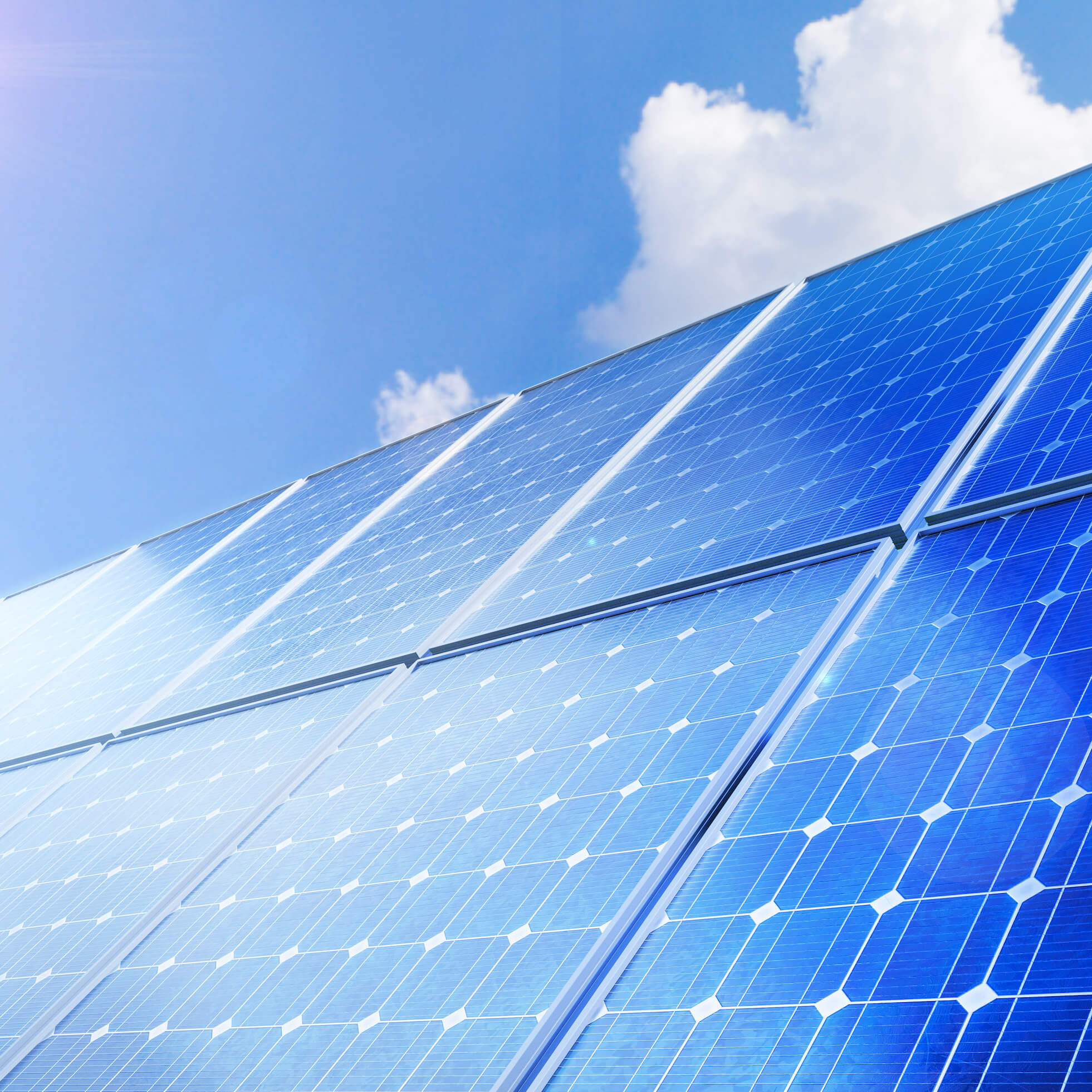 During times of economic or political instability, many investors look to precious metals for protection against inflation and a wobbly market, diversification against equities, and to gain the benefits of holding a tangible good. Silver usage in industrial applications has been trending upward for decades and has recently gotten a boost as prices go down in solar panel manufacturing and the desire for electric vehicles increases. In addition, silver is required for 5G cellular service—everyone wants the fastest, most reliable service.
During times of economic or political instability, many investors look to precious metals for protection against inflation and a wobbly market, diversification against equities, and to gain the benefits of holding a tangible good. Silver usage in industrial applications has been trending upward for decades and has recently gotten a boost as prices go down in solar panel manufacturing and the desire for electric vehicles increases. In addition, silver is required for 5G cellular service—everyone wants the fastest, most reliable service.
Silver has unparalleled electrical conductivity, making it ideal for the photovoltaic component of solar panels. New solar panels use more silver than previous models, which is driving up demand as the cost of solar power drops. In 2023, the cost of solar power generated electricity fell to half of the cost of natural gas, to two thirds of the cost of coal, and was equal to that of wind power in. The demand for silver in this arena constitutes the fastest growing (approximately 25% per annum) subset of silver usage. Growth in the solar power industry should inspire a reshoring of its manufacturing back to the United States. Currently, China holds 80% of the market share in global solar photovoltaic supply chains, driven by its government’s policies and investments.
Silver’s superior conductivity is a key component within electric vehicles (EVs) as well. It is used as a coating for electrical contacts in automatic breaking, power steering, and navigation systems. Hybrid vehicles use 18-34g of silver per vehicle while battery EVs use 20-50g, and charging stations also require silver. The move to autonomous vehicles will require technologies that depend on increased usage of silver.
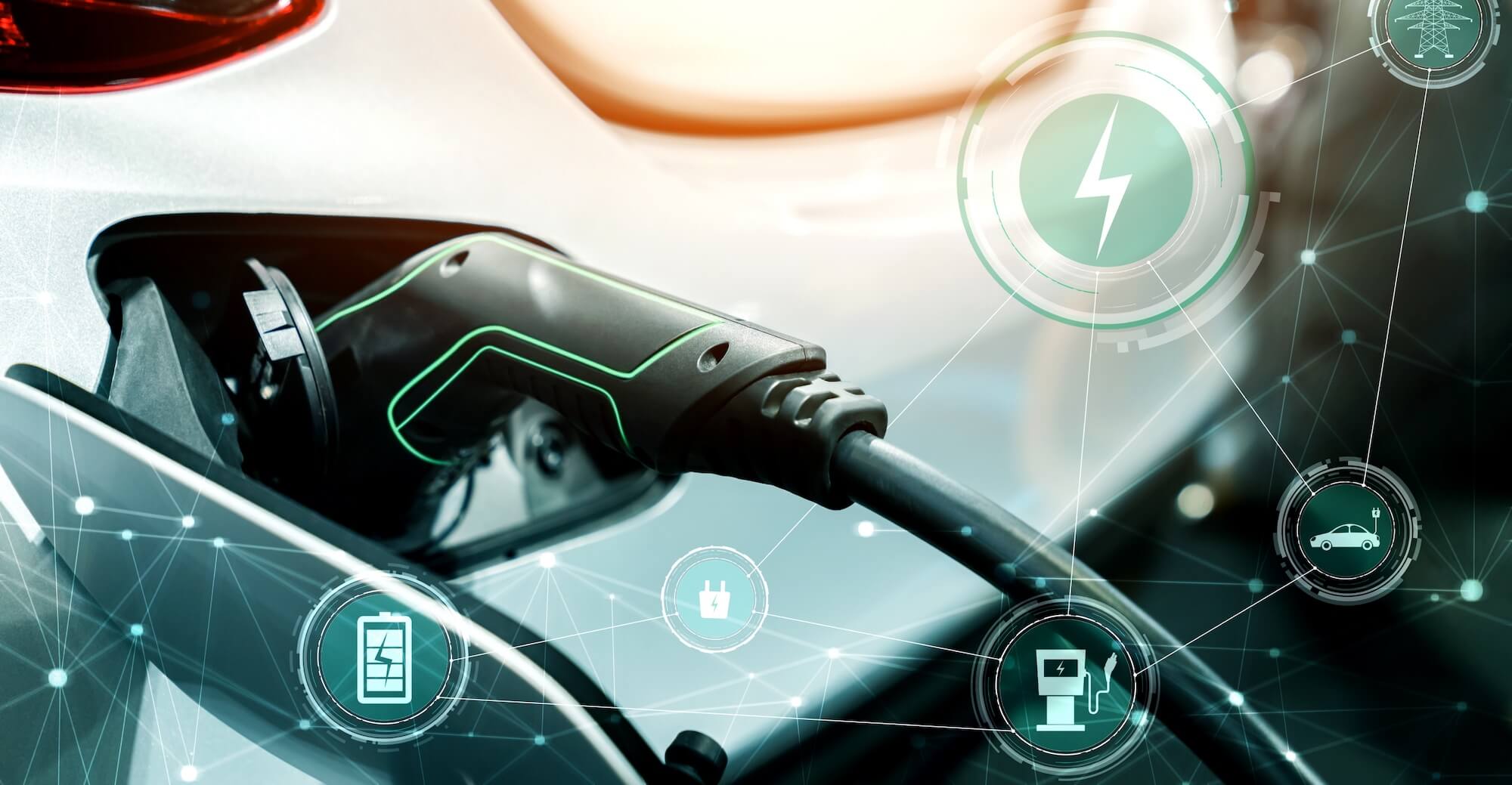
All of these growing industries are putting an increased demand on silver production and creating a supply deficit, making silver a strong investment. The main differences between owning physical silver and owning shares of a silver fund are how it is controlled and who controls it. With physical silver, you have control and accept the associated risk of keeping this physical asset secure. Traders have control over paper silver investments and, as such, there is risk of counterparty fraud and failure. Regardless of which vehicle you choose, it is a good time to investigate the myriad ways to invest in this precious metal.